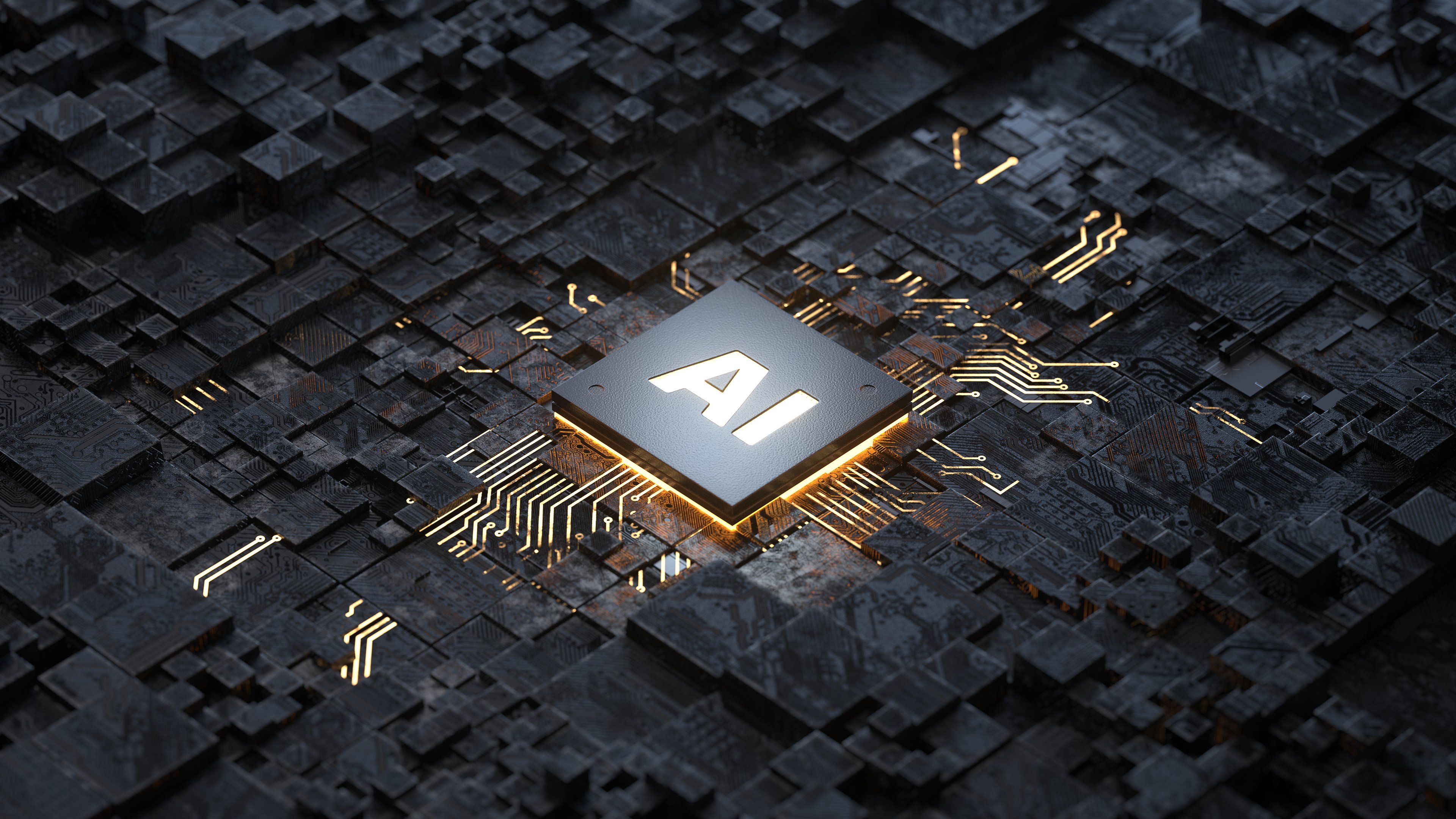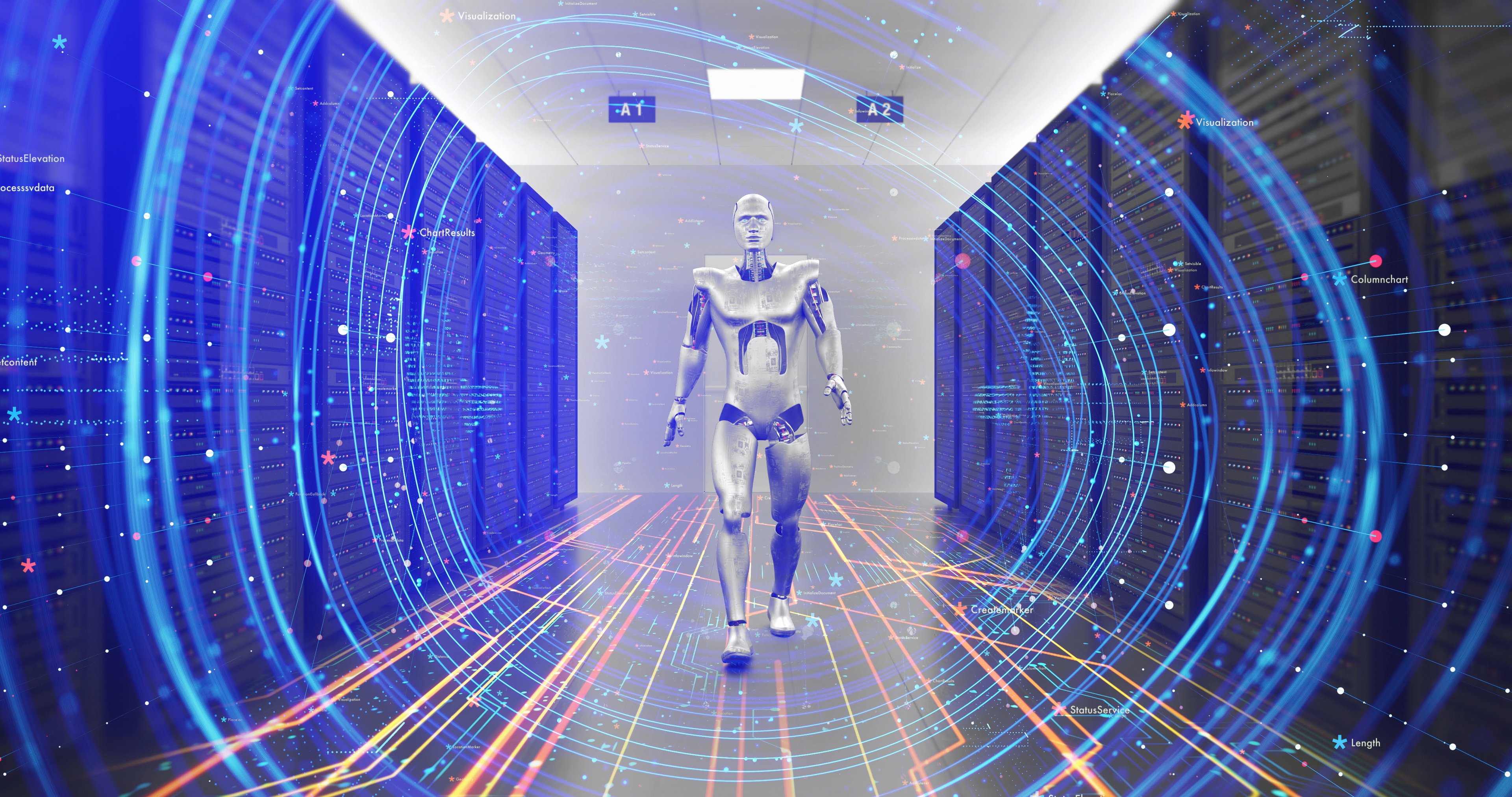Shares of Nvidia (NVDA 3.30%) climbed higher after the chip giant once again reported stellar earnings results. The stock has now more than tripled over the past year. The company also announced a 10-for-1 stock split effective June 7.
Let's look at the company's latest quarterly results, one potential risk, its current valuation, and whether it's too late to buy the stock.

NASDAQ: NVDA
Key Data Points
Astronomical revenue growth
Nvidia once again saw explosive revenue growth when it reported its fiscal first-quarter results, with sales surging 262% year over year to $26.0 billion. Earnings per share (EPS) came in at $5.98, up 629%.
Its data center business led the way with revenue soaring 427% to $22.6 billion. The company credited the strong growth to the huge demand for its Hopper GPU computing platform, which includes its H100 and H200.
Moving forward, the company sees its H200 GPUs (graphic processing units) and next-generation Blackwell GPU architecture leading the way. It said the H200 is currently in production, with shipments on track for the second quarter, noting that the new chip nearly doubles the inference performance of its H100 chip. Meanwhile, Blackwell chips are expected to begin shipment in Q2 and ramp up in Q3.
Nvidia said that demand for both H200 and Blackwell both currently outstrip supply. It noted that Blackwell is backward compatible with its Hopper architecture, so it sees an easy transition for customers to go from H100 to H200 to B100 chips (based on its new Blackwell architecture). Given the current supply situation for its newer chip, demand for the H100 chip is increasing as well.

Image source: Getty Images.
Pull-forward risk
On its earnings call, Nvidia management was asked about the biggest potential risk facing the company, and that is customers over-ordering and pulling forward demand due to factors such as tight supplies. This is what ultimately derailed Cisco stock during the internet boom and subsequent bust.
Nvidia CEO Jensen Huang said the company is racing every day to keep up with demand due to artificial intelligence (AI) applications from ChatGPT, GPT-40, Gemini, and Anthropic. He noted that there are also between 15,000 to 20,000 AI start-ups in various fields that need to train their end-to-end models, which is also driving demand.
Longer-term, Huang said that there is a platform shift and that Nvidia is helping redesign how computers work. Instead of computers being used to take instructions and retrieve prerecorded files, they will be able to understand, reason, and give contextually relevant intelligent answers. This will change computing stacks around the globe.
While there is a risk that there has been a pull-forward of demand, right now there is no indication that this is happening, although it is something to be mindful of going forward. If AI continues to advance the way Nvidia envisions it, the company could still be in the earlier phases of growth.
Is it too late to buy the stock?
Despite the stock's strong performance, Nvidia still trades at an attractive valuation of under 38 times forward price-to-earnings (P/E). While growth will inevitably slow, this is still an inexpensive valuation for the growth potential the company still has.
NVDA PE Ratio (Forward) data by YCharts
Right now, Nvidia is selling as many GPUs as its manufacturing partners can produce, and the only thing keeping it from selling more is capacity constraints. As such, the company should see solid growth from increases in capacity as well as from the move from Hopper to Blackwell, as chips designed with its newest GPU architecture are expected to be more expensive.
The combination of insatiable demand for its products, the long-term outlook for AI data center infrastructure, and a relatively inexpensive valuation continues to make Nvidia a buy. As such, even after its latest run, it's not too late for investors to buy the stock of the company that is helping to lead the AI revolution.





